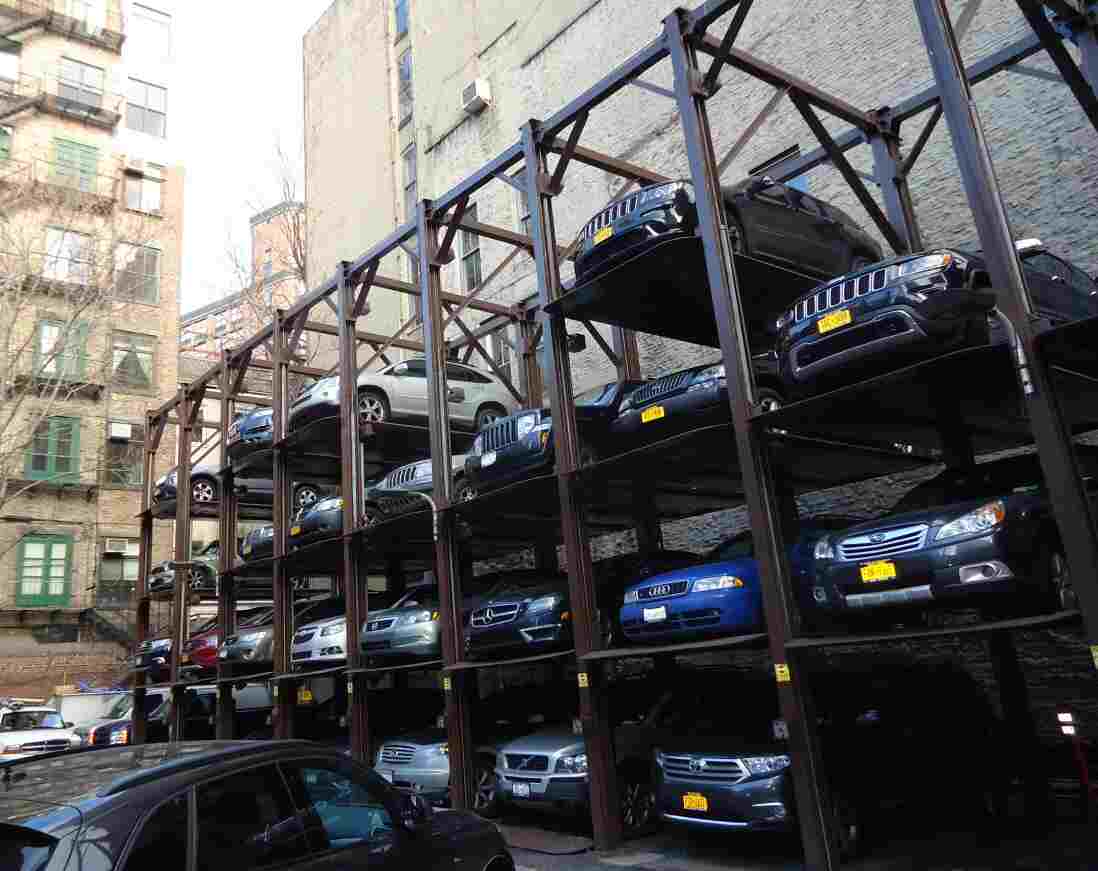Using Vertical Parking for Efficient Parking Space Management
To make the most out of limited land space availability and mounting parking woes, developers are increasingly turning to vertical parking systems. Using vertical parking for efficient parking space management has several advantages over traditional modes of parking. Vertical parking may well hold the answer to the problems that come with limited parking space.
How vertical parking can be fruitful for Parking Space Management:
-
Efficient Parking Space Management
In a vertical parking system, cars are vertically stacked using an electrical control system. This means a greater number of cars can be accommodated in the same amount of space. The area thus saved can be then utilized for other productive uses. Moreover, since there is no human involvement required for vehicle maneuvering, the ceiling height can be lower, allowing for more levels of parking.
-
Ease of Construction
As compared to concrete car parks, the vertical parking system is a small pre-fabricated structure. Since it is operated through electrical control, there is no need for the construction of passenger lifts, stairs, and ramps.
-
Flexibility
The flexible design of the system allows for it to be installed in spaces where other parking structures are too large or impractical to set up. These systems can be installed between existing structures, narrow spaces and irregularly constructed buildings. It renders spaces that have low land value or will otherwise go unused useful. Also, the façades of these structures are customizable and can be blended in with the surroundings, increasing the overall aesthetic value.
-
Higher Revenues and Reduced Costs
The ceiling height is low and underground installations require less excavation – these factors imply reduced construction costs and quicker revenue generation. A vertical parking system does not require as much lighting, ventilation, monitoring, cleaning staff, fire systems, and security measures as conventional spots. The needs, especially that of lighting are further reduced in the unoccupied parking area. The major thrust of the operation and management is on the electronic car transport system – thus, overall costs see a dip. Costs and revenue generation are further impacted by the fact that this system provides a valet parking-like service and therefore can command high parking rates.
-
Increased Security
In a vertical parking system, the car owner has to simply deposit the vehicle at the control center and later wait for it to be brought to the bay. This system does not entail any human activity at the parking spot, thus making acts of vandalism and theft nearly impossible. The sense of security is heightened because the entry and exits are in a well-lit public space. This reduces the possibility of damages like dents and scratches, vandalism to cars, theft of property from cars or the car itself, robbery and assault. An additional safety feature is that the ease of the system makes it ideal for use by the differently abled.
-
Aids Sustainability Efforts
This parking system contributes to sustainability efforts in a number of ways. A fixed area of parking, entry, and exit implies less fuel consumption as less time is spent driving around trying to find a parking spot. The system makes optimum use of available space, providing more green spaces for development. The underground construction also warrants fewer excavation volumes so the impact on groundwater levels reduces. The material used for the pre-fabricated structure is often recycled steel. The low height and small volume of the system do not obstruct sunlight. Also, since the cars are stacked away, it does not require permanent lighting, thereby reducing energy consumption.
Designed to counter the growing frustration of finding parking spots in burgeoning city traffic, the vertical parking system causes little or no disruption to the current structures, is easy to install, and is environment-friendly. However, by doing away with the need for the driver to take multiple rounds in search of the perfect parking spot, the system lends a sense of safety and ease to the process.

